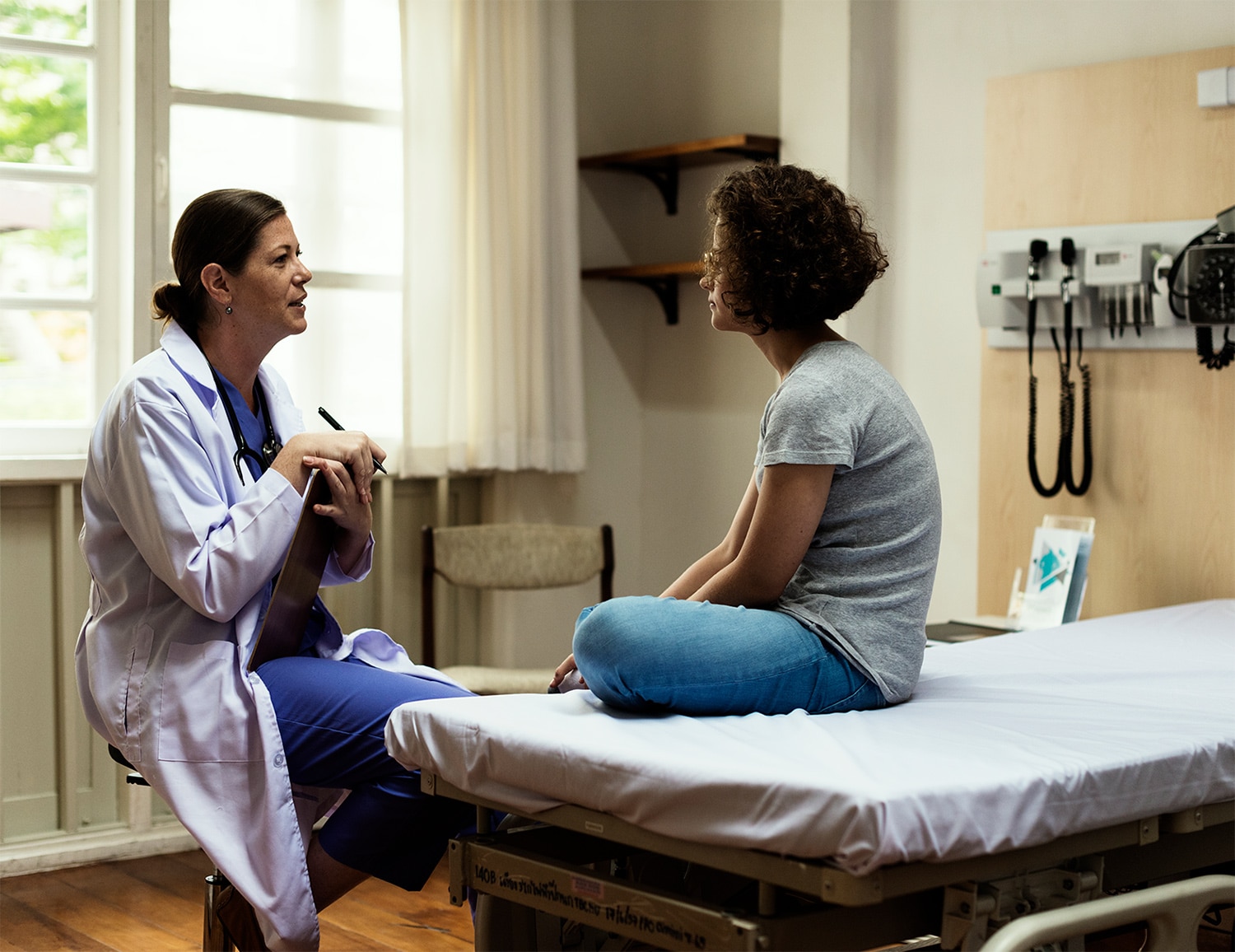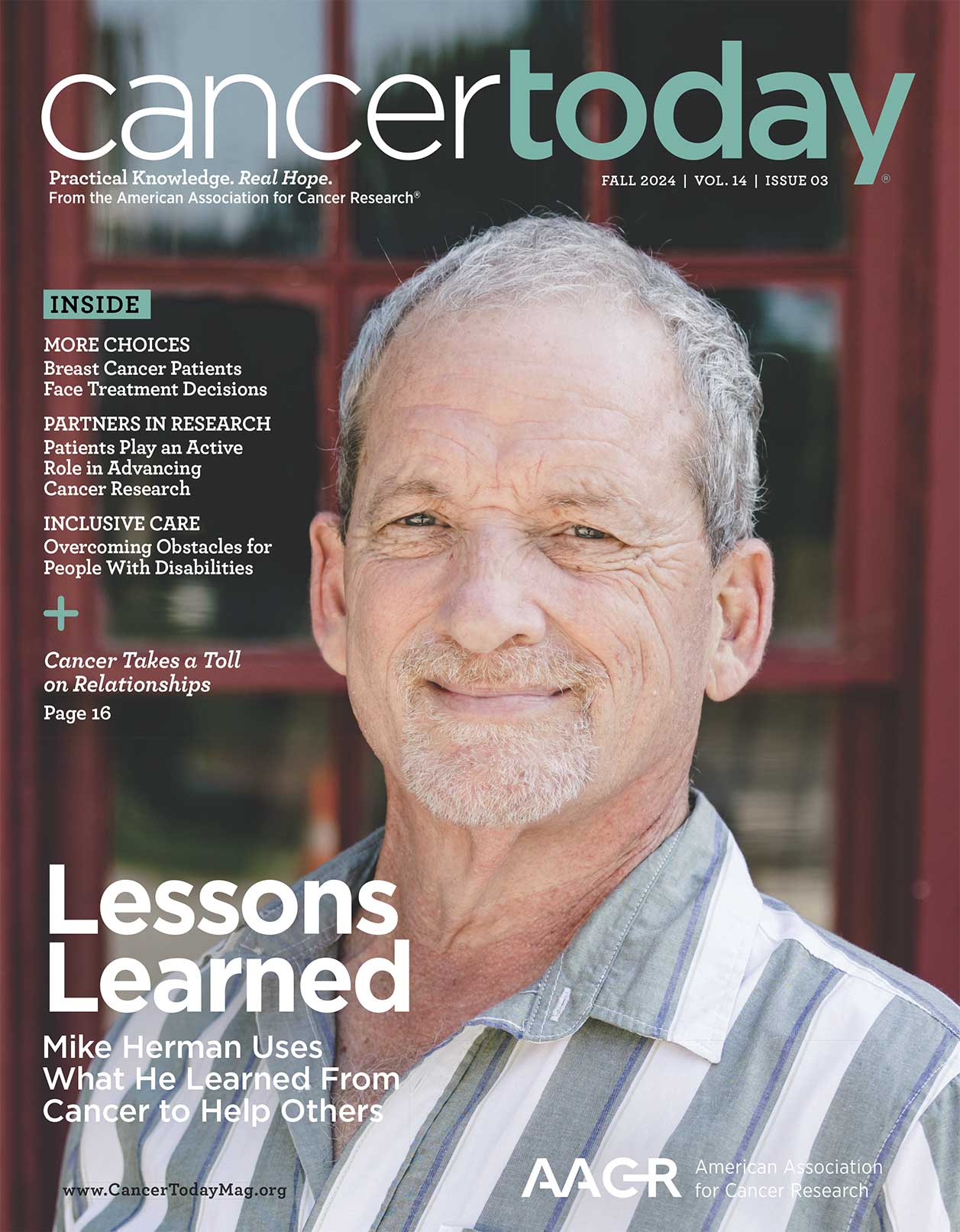ADOLESCENT AND YOUNG ADULT (AYA) cancer patients are in a unique position—not children anymore but, in many cases, also not fully grown.
Oncologists initially believed it was best to treat patients in this age group as adults. Then research indicated that these patients often had better outcomes when treated at pediatric hospitals. A new study has found that better outcomes also are seen when young adults with acute lymphoblastic leukemia (ALL) are treated with a pediatric regimen outside of a pediatric setting.
The study, published April 4, 2019, in Blood, included 295 young adults with ALL between the ages of 17 and 39. They were treated by adult oncology teams with a pediatric regimen developed by the Children’s Oncology Group. After five years, 64% of the young adult patients were alive. The median amount of time patients went without symptoms or having their cancer recur was 78.1 months. In adolescent ALL patients treated with an adult regimen, the median is 30 months.
A pediatric treatment regimen typically uses a more frequent and prolonged dosing schedule than oncologists would use to treat adult patients. The clinical trial assessed how well patients tolerated the regimen as well as “whether we as physicians could comply with this regimen,” says study co-author Wendy Stock, a hematologist at the Adolescent and Young Adult Cancer Program at University of Chicago Medicine.
Robert Goldsby, a pediatric hematologist and oncologist at the University of California, San Francisco Benioff Children’s Hospital who was not involved with the study, says the new findings support previous research showing that AYA patients treated for ALL using pediatric protocols tend to do better. “That doesn’t mean they have to be treated in a pediatric center, but there may be some advantages to that,” Goldsby says. “I think, at a minimum, if I’m an adolescent or young adult patient, I would want to make sure there’s a pediatric oncologist as part of my team.”
The study found that side effects occurred more frequently in AYA patients than they do in pediatric patients on the regimen. Stock says the research team expected the treatment intensity would affect adolescents and young adults differently than it affects pediatric patients. Children, she explains, have a faster metabolism that may make them less likely to develop side effects. Being younger means their organs are also likely to be more resilient, she says.
“I don’t want to be so arrogant as to say that one must use [the regimen used in this study],” Stock says, “but I think it’s important to say that a pediatric intensive regimen is the way
Cancer Today magazine is free to cancer patients, survivors and caregivers who live in the U.S. Subscribe here to receive four issues per year.





